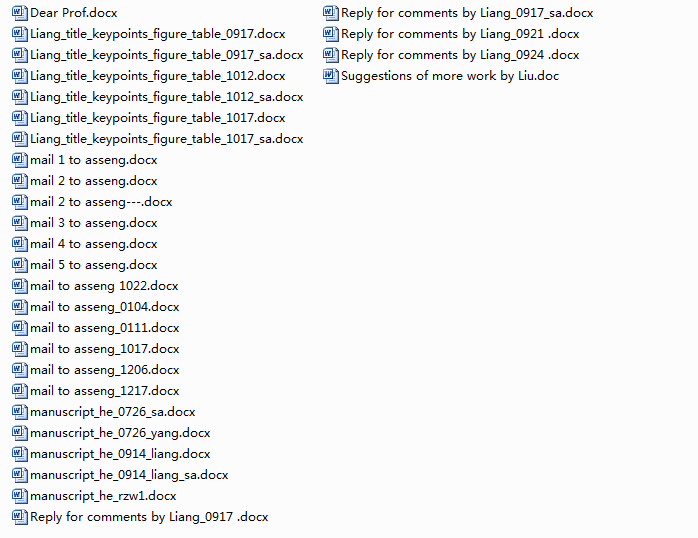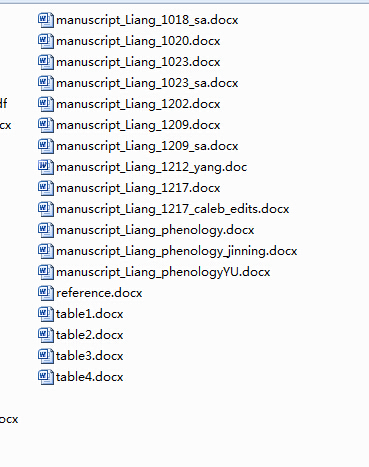博文
一篇文章接收后的感想
|

在确定好title,points,figure and tables后,他才开始让我写文章(其实文章我已经写了)。以下是他对写文章推荐的顺序,我觉得很有用。
If the other coauthors agree on figures, tables and key message, then you can start writing. I strongly suggest to follow the following order when writing it up.
1. Results (describe you figure and tables and help the reader to understand these). Do not discuss the results.
2. M+M (write the M+M about what is relevant for the reader to understand your results (locations, data source, APSIM, testing or calibration of model, stats used).
3. Introduction (Follow this order: a) what is the bigger issue [e.g. importance of wheat for China, climate change impact, uncertainty of impact and adaptation], b) what have others done about it [give some details from the literature and try to cover all relevant papers], c) what is missing or what is the gap not dealt with yet in the literature and d) what is this paper presenting to fill this gap).
4. Discussion (most difficult part – but made easy by now in bringing your results [which you have described already at this stage] into the bigger context [you dealt with this in the Introduction at this stage already]; you might want to have some headings to keep focused in the Discussion section, which later can be removed, highlight what is new about your analysis, what confirms other findings from China and other parts of the world and what is in contrast to other findings).
5. Conclusion (keep it brief and simple; what does this [your findings] all mean in the bigger context).
6. Abstract (Follow this order: a) what is the bigger issue, b) what is your analysis about, c) what did you find and c) one concluding remark.

以下是第一审完后的修改:

https://blog.sciencenet.cn/blog-437026-828831.html
上一篇:新手Linux下安装MATLAB的一些注意事项
下一篇:"指标”的世界